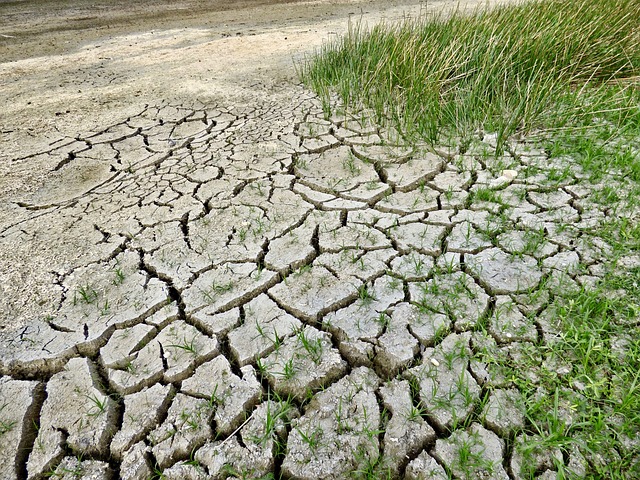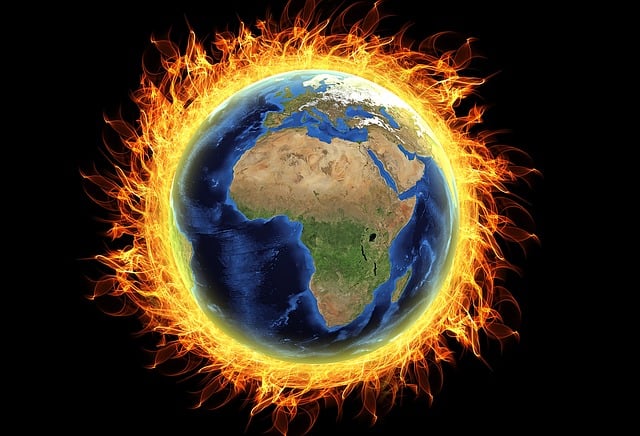Climate change is one of the most pressing global challenges, driven by a range of both human and natural factors impacting on businesses, people, and ecosystems worldwide.

We explore the major contributors to climate change, examining how human activities impact the environment and contribute to the crisis. From industrial emissions to deforestation, the factors that cause climate change are varied, with each playing a significant role in altering the planet’s climate systems.
And also natural factors, such as volcanic eruptions and solar variations further shape the global weather patterns. By understanding the influence of climate change and its long-term effect on the environment, we can identify practical solutions to combat its growing threat and work toward a sustainable future.
1, Carbon emissions from fossil fuels
Burning fossil fuels like coal, oil, and natural gas for power generation and other activities releases carbon dioxide gases into the atmosphere, contributing significantly to global warming.
◉Transitioning to renewable energy sources such as solar, wind, and hydroelectric power can help reduce carbon emissions.
2, Increasing deforestation
The cutting down of trees not only reduces carbon dioxide absorption but also releases stored carbon into the atmosphere leading to climate change.
◉Sustainable forestry practices, promoting afforestation and reforestation efforts, and protecting existing forests are essential strategies for combating deforestation.
3, Agricultural practices
Extensive farming, agriculture pesticides and fertilizers, and massive cultivation contributes to climate change by emitting greenhouse gases into the atmosphere.
◉Adopting more sustainable farming methods, using organic fertilizers, reducing pesticides usage, and implementing methane capture technologies can help contain agricultural emissions.
Follow Nekius
visit Nekius Shop
nekius
4, Industrial processes
Certain industries release greenhouse gases such as carbon dioxide, methane, nitrous oxide, and fluorinated gases during manufacturing and combustion processes causing global warming.
◉Implementing cleaner production techniques, improving energy efficiency, and investing in carbon capture and storage (CCS) technologies can reduce industrial emissions.
5, Emissions from vehicles
Fuel powered vehicles emit greenhouse gases into the atmosphere from their engines which contribute to global warming hence significantly causing climate change.
◉Transitioning to electric vehicles (EVs), improving public transportation infrastructure, and promoting cycling and walking can help reduce transportation emissions.
6, Domestic and industrial waste
Waste disposals and gabbage landfills produce greenhouse gases during decompositon of organic waste which contribute to global warming hence climate change.
◉Establishing recycling programs, composting organic waste, and capturing methane from landfills can help reduce emissions from waste management.
7, Urbanization and over land usage
Converting natural landscapes for agriculture, urbanization, and infrastructure development disrupts ecosystems leading to new weather patterns.
◉Implementing land-use planning strategies that prioritize conservation, restoration, and sustainable development can help prevent land-use factors.
8, Melting of ice caps and glaciers
The melting of ice caps and glaciers due to increasing temperatures due to global warming contributes to sea-level rise and alters ocean circulation patterns.
◉Reducing greenhouse gas emissions to limit global warming is essential for slowing the rate of ice caps melting and overall impact.
Best strategies are needed to address the causes of climate change and promotes sustainable habits and policies. Collaboration between individuals, communities, corporations, and governments is essential to bringing about significant change and protecting the environment for coming generations.

